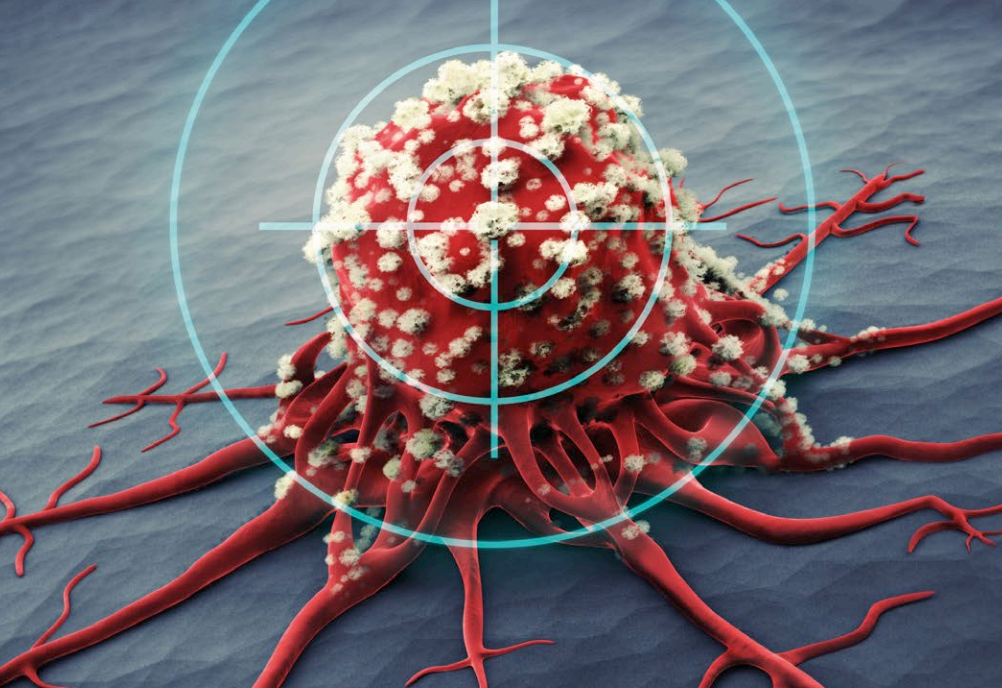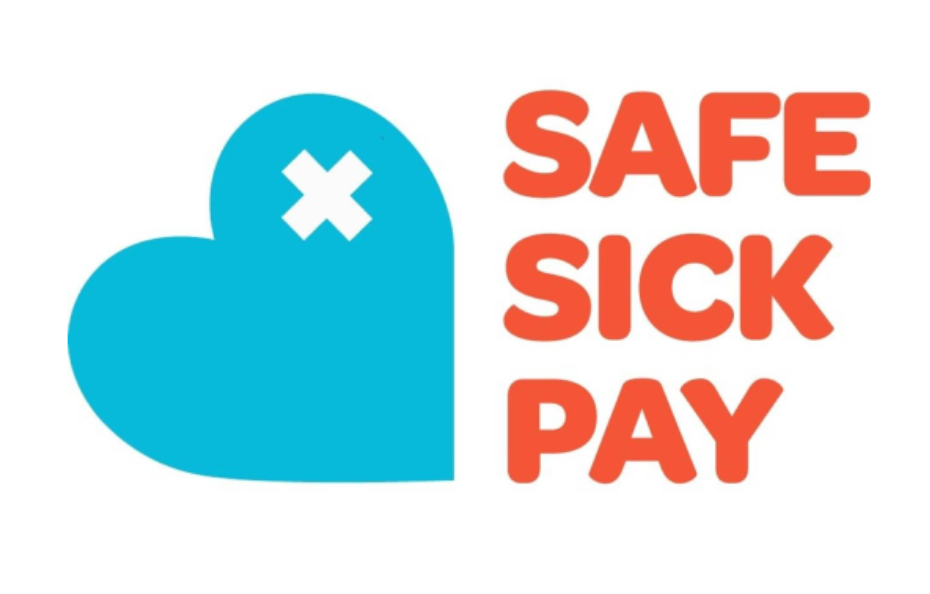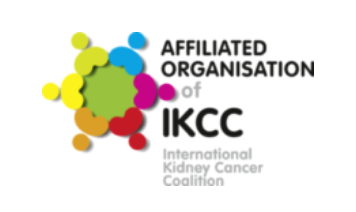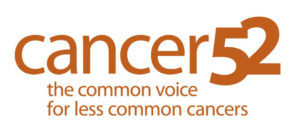Share this Page:
There is increasing interest in using treatment breaks to reduce side effects without affecting outcomes. This phase 3 trial (STAR) was designed to see how a break in tyrosine kinase inhibitor (TKI) treatment compared to standard first-line treatment with TKIs for people with advanced renal cell carcinoma (RCC). Overall survival time and economic evaluation (quality adjusted life years, QALY) were the primary outcomes from this study.
The trial recruited 920 people from the UK with RCC that had spread to other parts of the body (advanced or metastatic). Patients took either sunitinib or pazopanib and were randomly allocated to 1 of 2 treatment groups.
Patients in treatment group 1 took the standard treatment of either sunitinib (one tablet daily for 4 weeks, and 2 weeks off treatment) or pazopanib (a tablet every day without a break). They continued treatment for as long as they were benefiting from the treatment, or until they could not tolerate the side effects.
Patients in treatment group 2 took sunitinib or pazopanib in the standard way for 24 weeks. They then had a break in treatment. During this planned treatment break they were monitored with regular CT scans. When the cancer started growing again, treatment was re-started. These patients had at least another 24 weeks of treatment with sunitinib or pazopanib, and if their cancer remained under control, they could have another break in treatment. They continued treatment for as long as they were benefiting, or until they could not tolerate the side effects.
More than half of all patients (53%) continued in the trial after 24 weeks. The average treatment break was 87 days. There was not a significant difference between overall survival time in patients who had standard treatment and patients who had a treatment break. The difference was about 1 month in favour of standard treatment. However, at two years, treatment breaks resulted in a cost savings of around £6,954 for each patient. Secondary endpoints, such as survival time, disease progression, and time to when the treatment stopped working and the cancer started growing again (progression-free survival) were all in favour of the group of patients who had a break in treatment.
Although overall survival time was no different between the two treatment groups, having a break in treatment was shown to be acceptable to patients and clinicians, and had significant cost savings compared to standard treatment.













